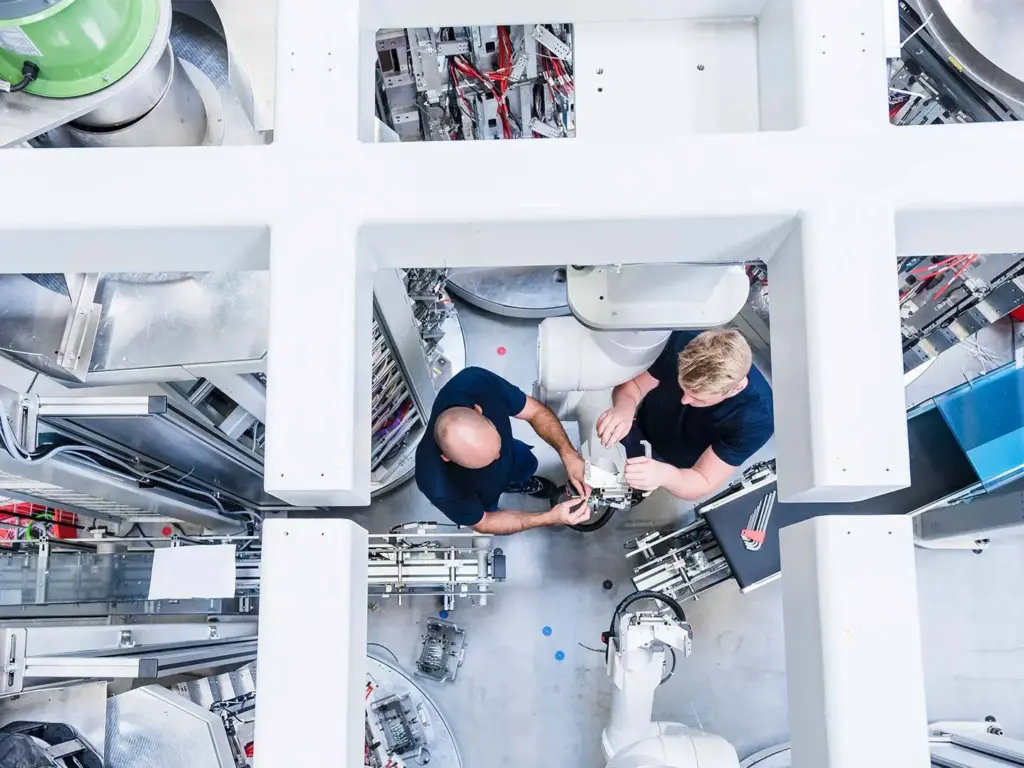I was visiting one of our newer clients recently, and one of the executives asked about the danger of rising costs associated with “feeding the beast” of technology. As businesses evolve in the digital space, employees now have to maintain systems like their CRM, ecommerce platform, ERP, BI and others. At the same time, all the data from these sprawling systems needs to be processed to support new innovation. They know they have an existential threat from competitors (including major players like Amazon). They need to support and create community both internally and among consumers. And they need to take strategic risks. It’s a difficult market landscape to navigate.
The Ubiquity of Tech Fatigue
In the past, organizations became industry leaders by improving manufacturing, distribution and information strategies. Today, that isn’t enough to thrive in our hyper-connected, experience-driven market. Existing products and services have more competition, smaller lifespans and more demanding customers.
We go above and beyond customer research by rethinking your business model, analyzing data to gain actionable insights about your customers and how they use your products, enabling your team to focus on innovation and more.
Mid-sized and large businesses are not the only ones feeling this pain. Top enterprises across industries (McDonalds, Netflix, Amazon, Disney, Apple, and many others) are realizing the costs associated with jumping into a new technology — AI, personalization, video streaming, etc. They’re simultaneously struggling to gain a meaningful competitive advantage utilizing that tech. In his Wall Street Journal piece “Tech Treadmill Wears Firms Out,” Andy Kessler sums up the problem succinctly: “Adopting a useful technology doesn’t mean your advantage will last.”
Beneath this problem lies another: the danger of creating an organizational and technical monoculture. We are already seeing innovations and strategies copied because they are viewed as baseline requirements in certain industries. For example, AI is thrown out as a solution when basic business execution, product design and development, and marketing for new customer acquisition would almost certainly have a greater value for growing an enterprise. Companies are making investments in tech under the assumption that “because others are investing here, we should too.”
But any investment (including in a tech stack) should be evaluated in light of the risks and benefits of alternatives. Building tech for tech’s sake to achieve ambiguous outcomes can limit growth — especially when faced with maintaining, supporting, and integrating that tech in the long-term.

Episode 58: Let’s Talk AI
We’ll define the term, discuss how clients are exploring the new technology and cover the benefits and limitations of AI.
The Imbalance of Risk Between Small and Large Enterprises
Unfortunately, huge enterprises can invest with less risk than smaller ones. In general, an experiment for a large company can be a big gamble for a smaller one, especially when the owner’s capital is at stake. And the outcomes differ as well. Failure in a small enterprise often turns into a “we tried that and it didn’t work” persistent memory. In contrast, the failure at larger organizations becomes, “we tried, it failed and we learned something.”
As industry leaders, big enterprises have some breathing room. They can lean on the trust equity they have built with customers to create future economic opportunity in the face of failure. If a smaller enterprise loses a big customer (or loses a channel or otherwise slips up), competitors are ready and able to swoop into the same space, making that failure more difficult to recover from.
But regardless of a business’ size, a common theme we continue to see is businesses buying into the hype of a given technology without a conscientious look at alternatives — only to face the harsh reality of its long-term impact. To avoid the trap of irrational exuberance and monoculture, the core focus of any business decision should be the customer. Keep customer outcomes in mind, care for their interests and offer them genuine solutions.
Navigating the Pitfalls of Tech Investment
Our client’s executive team (COO, CFO, CEO and VPs) in the room that day called us their Sherpas. They trust us to guide them along the treacherous paths of digital transformation. They believe we know the way, and they said they trust Vervint because we have been on this journey before. That trust is precious, and we know it’s invested in the right place.


